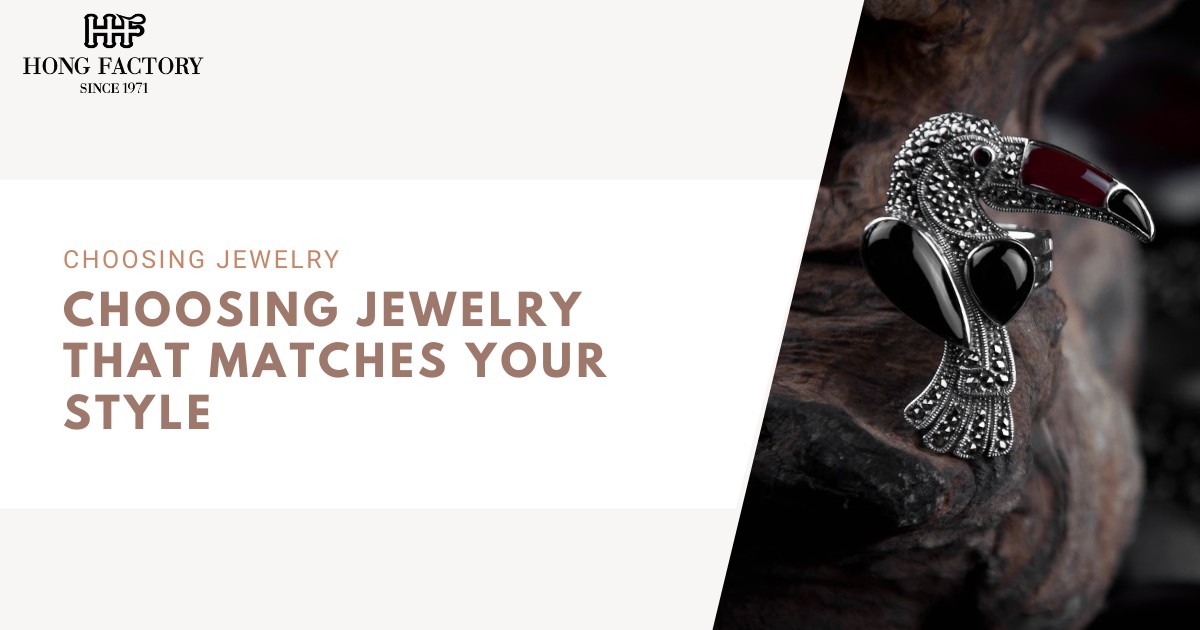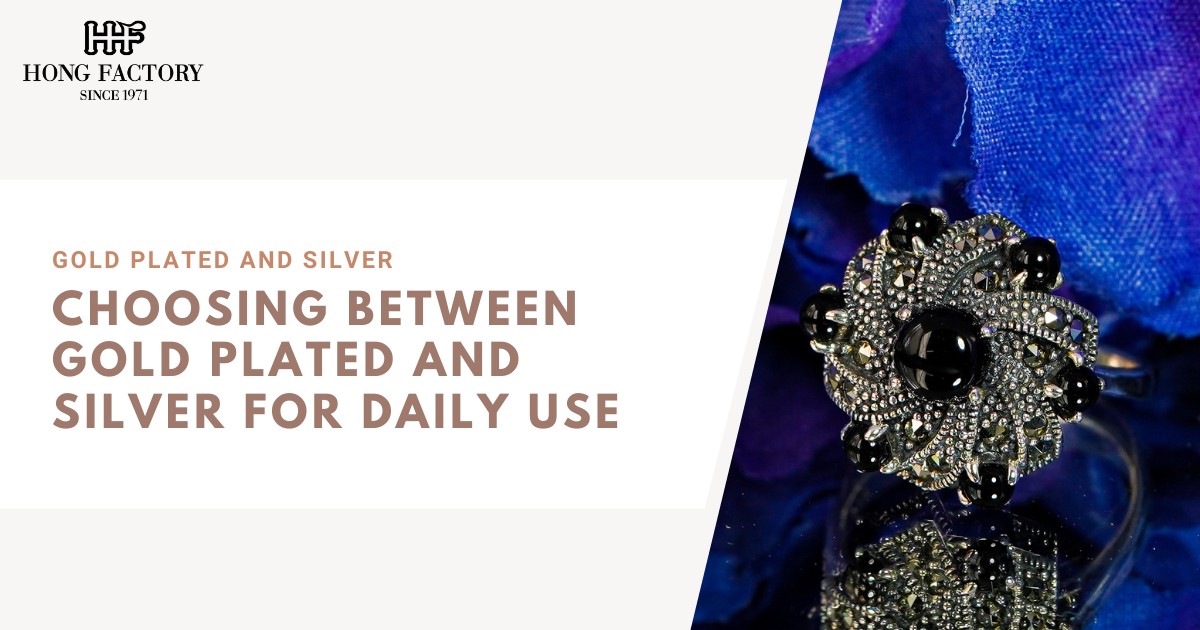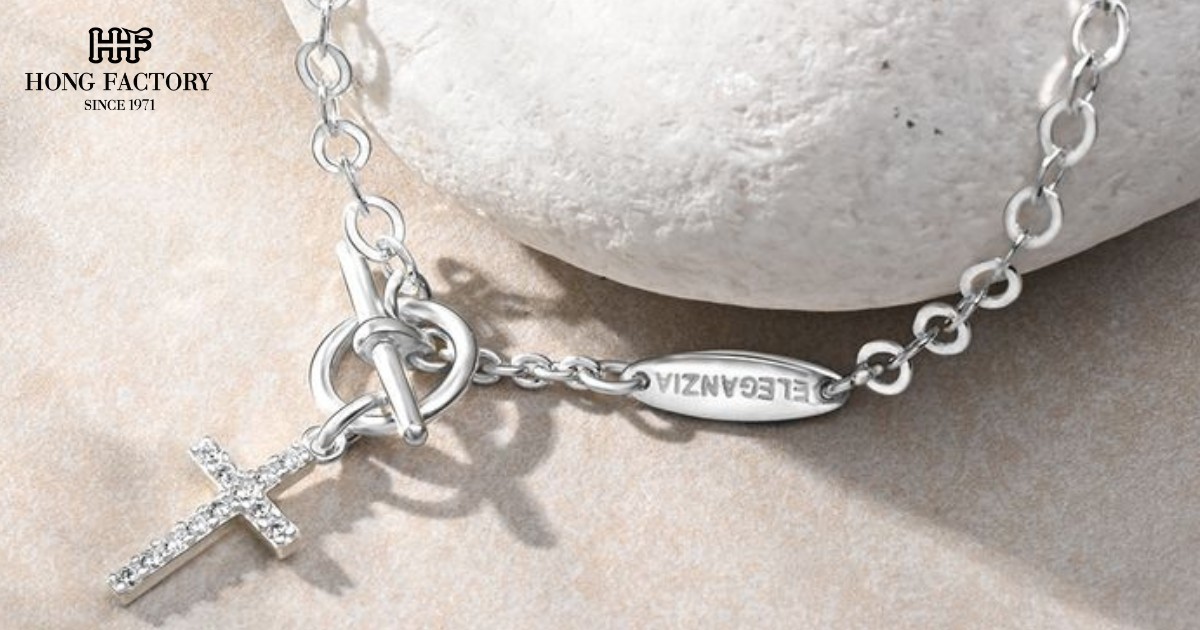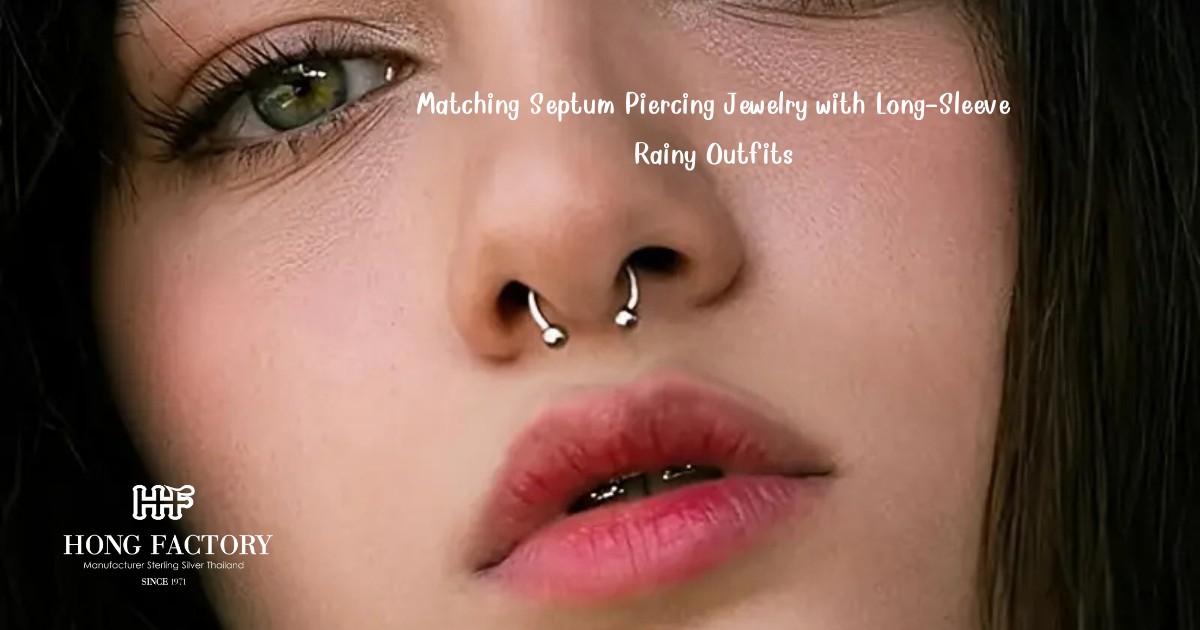Jewelry Buying Mistakes to Avoid.
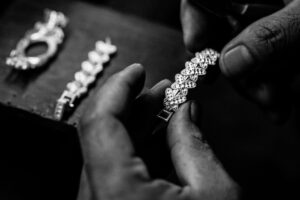
Buying jewelry is an exciting experience, whether it’s for a special occasion, an investment, or personal enjoyment.
However, many buyers make common mistakes that can lead to overspending, purchasing low-quality pieces, or even falling for scams. To ensure you make an informed and satisfying purchase, here are the most common jewelry buying mistakes to avoid.
1. Not Setting a Budget
- Many buyers enter the jewelry market without a clear budget, leading to impulsive purchases.
- Setting a realistic budget helps narrow down choices and prevents overspending.
- Consider additional costs such as maintenance, insurance, and potential resizing.
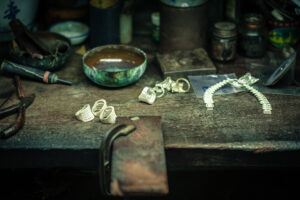
2. Ignoring the 4 Cs of Diamonds
- When purchasing diamonds, understanding Cut, Color, Clarity, and Carat is essential.
- Buyers often focus only on carat weight, overlooking the cut, which impacts brilliance the most.
- Compromising on clarity and color can help you stay within budget without sacrificing beauty.
3. Overlooking Certification and Authenticity
- Buying uncertified gemstones or diamonds increases the risk of purchasing low-quality or synthetic stones.
- Always request GIA, AGS, or IGI certifications to verify authenticity.
- Ensure precious metals are stamped with purity hallmarks (e.g., 925 for sterling silver, 750 for 18K gold).

4. Falling for Brand Hype
- Luxury brands often charge a premium for their name rather than the intrinsic value of the jewelry.
- Comparing prices and quality with independent jewelers can help you find better value.
- Research brand reputation and customer reviews before making a purchase.
5. Choosing the Wrong Metal for Your Lifestyle
- Metals like platinum, gold, and sterling silver have different durability levels.
- White gold requires periodic rhodium plating, while platinum is naturally durable but more expensive.
- Consider hypoallergenic options like platinum or titanium if you have metal allergies.

6. Ignoring Ethical and Sustainable Choices
- Many buyers overlook the importance of conflict-free and ethically sourced gemstones.
- Look for lab-grown diamonds, recycled gold, or fair-trade gemstones to ensure responsible sourcing.
- Certifications such as the Kimberley Process can help verify ethical origins.
7. Not Researching the Seller
- Buying from unverified sellers increases the risk of fraud or receiving misrepresented products.
- Always check customer reviews, return policies, and store reputation before purchasing.
- Avoid deals that seem too good to be true, as they often indicate counterfeit or low-quality items.
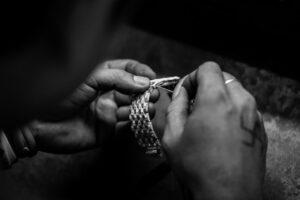
8. Choosing the Wrong Ring Size
- Incorrect ring sizing can lead to resizing costs or an uncomfortable fit.
- Get professionally measured at a jewelry store or use a printable ring sizer for accuracy.
- Consider resizable options for engagement rings and wedding bands.
9. Failing to Inspect Jewelry Before Purchase
- Many buyers don’t check for scratches, loose stones, or poor craftsmanship before finalizing a purchase.
- Look at jewelry under magnification or in different lighting to assess quality.
- Ensure clasps, prongs, and links are secure to prevent damage or loss.

10. Ignorinอg Maintenance and Care Requirements
- Different gemstones and metals require specific care routines.
- Soft stones like opals and pearls are more delicate and need special storage.
- Regular cleaning, polishing, and inspections help maintain the jewelry’s beauty and longevity.
11. Overpaying for Trends
- Jewelry trends change, and expensive trendy pieces may lose appeal over time.
- Invest in timeless designs that hold their value and complement various outfits.
- Consider mixing trendy and classic pieces to maintain versatility.
12. Forgetting to Insure Expensive Jewelry
- High-value jewelry should be insured against theft, loss, or damage.
- Homeowner’s insurance often requires additional coverage for valuable jewelry.
- Get an appraisal and consider specialized jewelry insurance for better protection.
Avoiding these common mistakes can help you make a smart and rewarding jewelry purchase. By researching, setting a budget, verifying authenticity, and choosing the right materials, you can invest in pieces that hold their value and remain beautiful for years to come.
Whether you’re shopping for an engagement ring, a statement piece, or everyday jewelry, making informed decisions ensures a satisfying experience.

Keywords: jewelry buying mistakes, diamond certification, ethical jewelry shopping, common jewelry mistakes, jewelry budgeting, engagement ring tips, buying high-quality jewelry, jewelry care tips.
